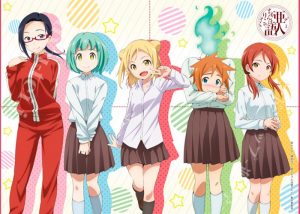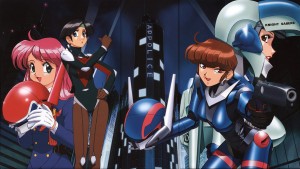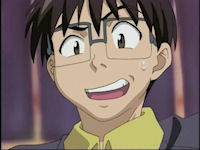Most commented posts
- I’m as helpless as a kitten in a tree… — 48 comments
- WTF Show Discussion Thread – 1/27/2012 — 46 comments
- Today is the First Day of the Rest of My Life — 32 comments
- Love Changes Everything — 30 comments
- Meme Alert: Top Five Meme — 30 comments















